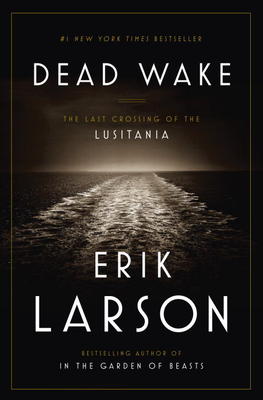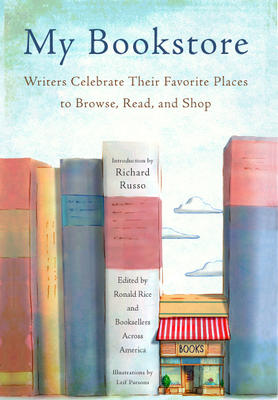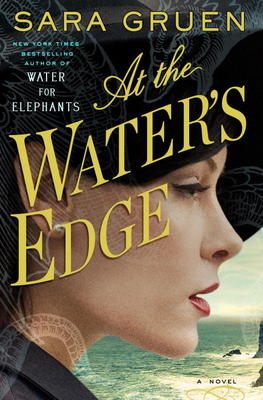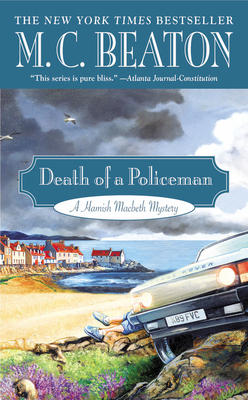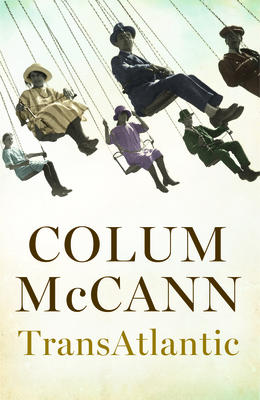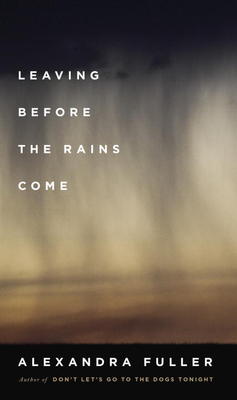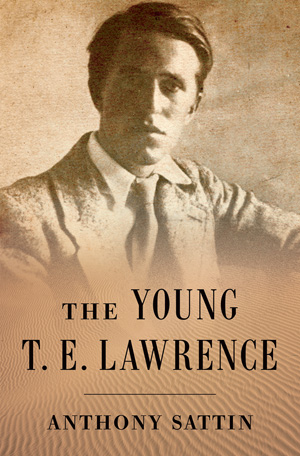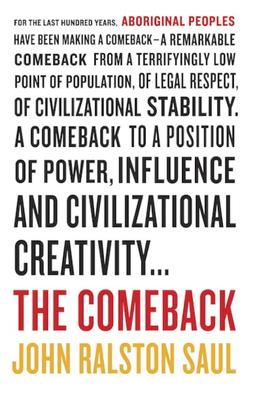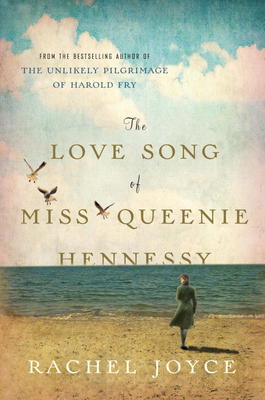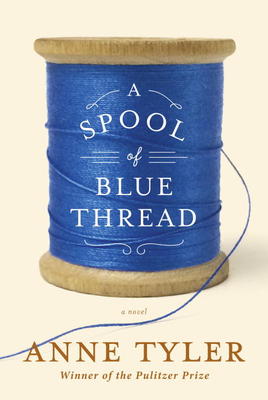 With the city of Baltimore high in the news these days because of tension between the police and African Americans, it is strange to read a book by an American writer in which there is no mention of this Baltimore situation. The book takes quite another angle.
With the city of Baltimore high in the news these days because of tension between the police and African Americans, it is strange to read a book by an American writer in which there is no mention of this Baltimore situation. The book takes quite another angle.
Anne Tyler has written twenty novels, the eleventh, Breathing Lessons winning the Pulitzer Prize in l988. She was born in Minneapolis, Minnesota, but has lived for some time in Baltimore. She specializes in writing about families. In this book the Whitshanks live in a fairly prosperous section of Baltimore which, like any city, is divided into different kinds of neighbourhoods. The Whitshanks are a family of four who remain very close through the years in spite of dark secrets we learn about in this novel.
Tyler brings this family and their friends very close to our hearts. In fact she writes with insight and humour which makes this an unsentimental story in praise of family with all its emotional complexity.
Reviewed by Anne McDougall
